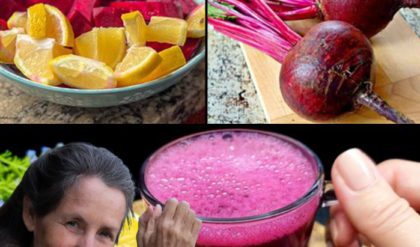Cardamom, often hailed as the “Queen of Spices,” is cherished worldwide for its distinctive aroma and flavor. Native to the Indian subcontinent, this tropical spice is not only a culinary treasure but also holds a prominent place in traditional medicine. If you’ve ever dreamed of growing your own cardamom plant, this guide will walk you through the process—from germinating seeds to caring for the lush greenery and harvesting fragrant pods.

Starting with Cardamom Seeds
Select Fresh Seeds: Begin with high-quality, fresh seeds to ensure successful germination. Opt for seeds that are plump, free of mold, and undamaged.
Pre-Soak the Seeds: To encourage germination, soak the seeds in water for 12 hours. This softens the tough outer coat, making it easier for sprouts to emerge.
Planting Cardamom Seeds
Prepare the Soil: Cardamom thrives in nutrient-rich, loamy soil with excellent drainage. Create an ideal mix by combining compost, sandy soil, and a touch of perlite or vermiculite.
Planting Depth: Sow the seeds about one inch deep in the prepared soil.
Spacing: If planting multiple seeds, space them at least two feet apart. Mature cardamom plants can grow large, so ample room is essential for healthy development.
Watering: Gently water the soil after planting to ensure even moisture without over-saturating it.
Optimal Growing Conditions for Cardamom

Light: These plants thrive in partial shade or indirect sunlight, mimicking their natural habitat under the forest canopy.
Temperature: Cardamom grows best in warm climates, with an ideal temperature range of 22°C to 32°C (72°F to 90°F).
Humidity and Watering: High humidity and consistently moist soil are crucial. However, avoid waterlogging, as it can lead to root rot.
Fertilization: Feed the plants every three weeks during the growing season with a balanced liquid fertilizer to boost growth.
Caring for Green Cardamom Plants
Pruning: Remove any weak or unhealthy shoots to encourage robust growth. Healthy plants will produce stronger flowers and pods.
Pest Management: Keep an eye out for common pests like spider mites and aphids. Use neem oil or another organic remedy to manage infestations.
Harvesting Pods: Cardamom pods are ready to harvest when they turn pale green or yellowish-green. Pick them before they split open to preserve their flavor and quality.
Additional Tips for Success

Repotting: If you’re growing cardamom in a container, repot it when the plant outgrows its pot. Choose a larger container to support continued growth.
Mulching: Add a layer of organic mulch to retain soil moisture and suppress weeds, ensuring a healthier growing environment.
Patience Pays Off: Growing cardamom from seed requires time and dedication. It may take a few years before the plant flowers and produces pods, but the wait is worth the fragrant rewards.
Why Grow Cardamom?
Cultivating cardamom at home not only offers the satisfaction of nurturing a tropical plant but also allows you to enjoy its unparalleled aroma and flavor. Freshly harvested cardamom pods elevate your cooking and provide an aromatic spice for teas, desserts, and savory dishes.
With proper care and patience, your cardamom plant will reward you with a lush, green aesthetic and a bountiful harvest of this precious spice. So, roll up your sleeves and embark on the journey of growing your own cardamom—it’s a truly rewarding experience!
Inspired by this? Share the joy of cultivating cardamom with your friends!





